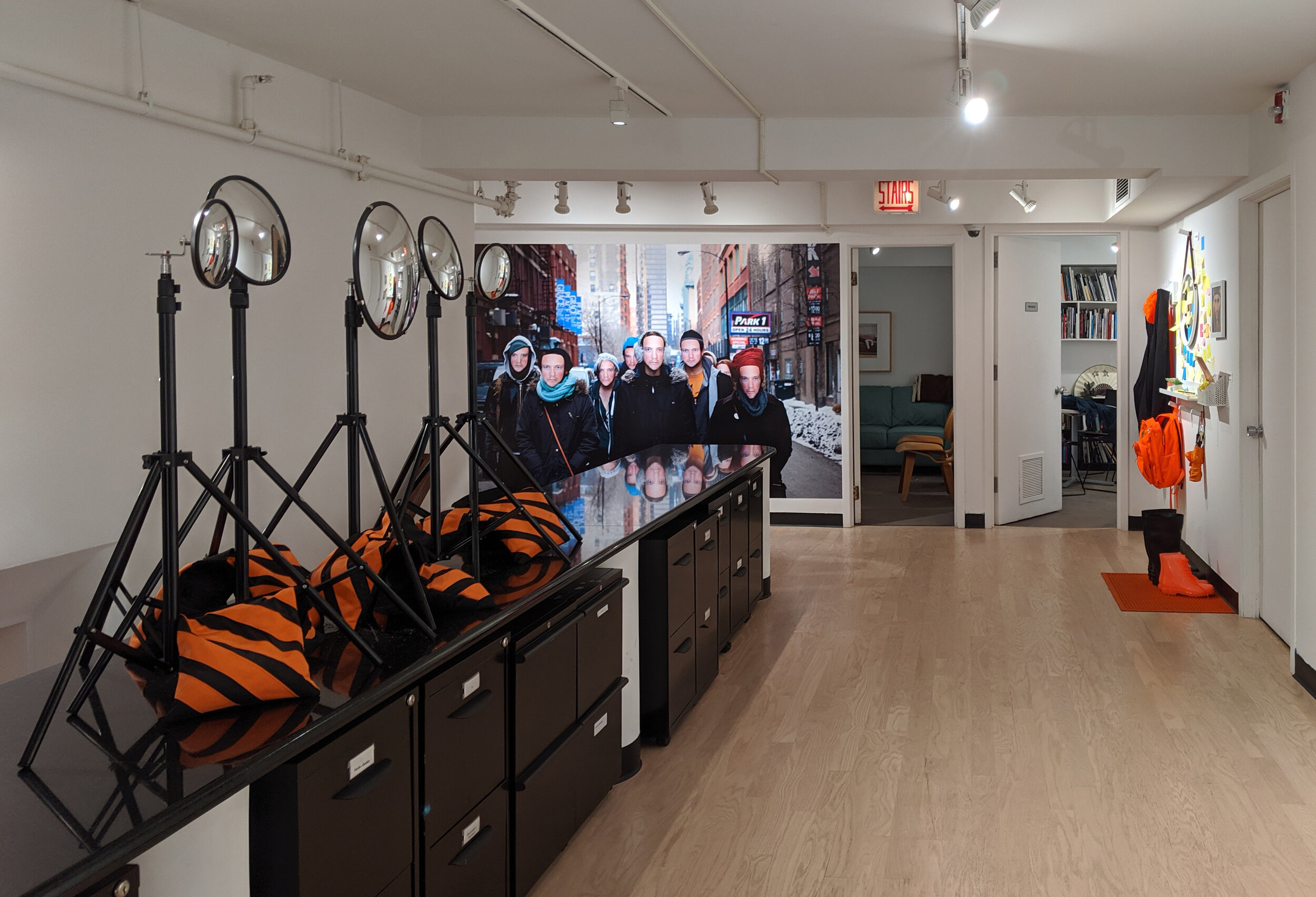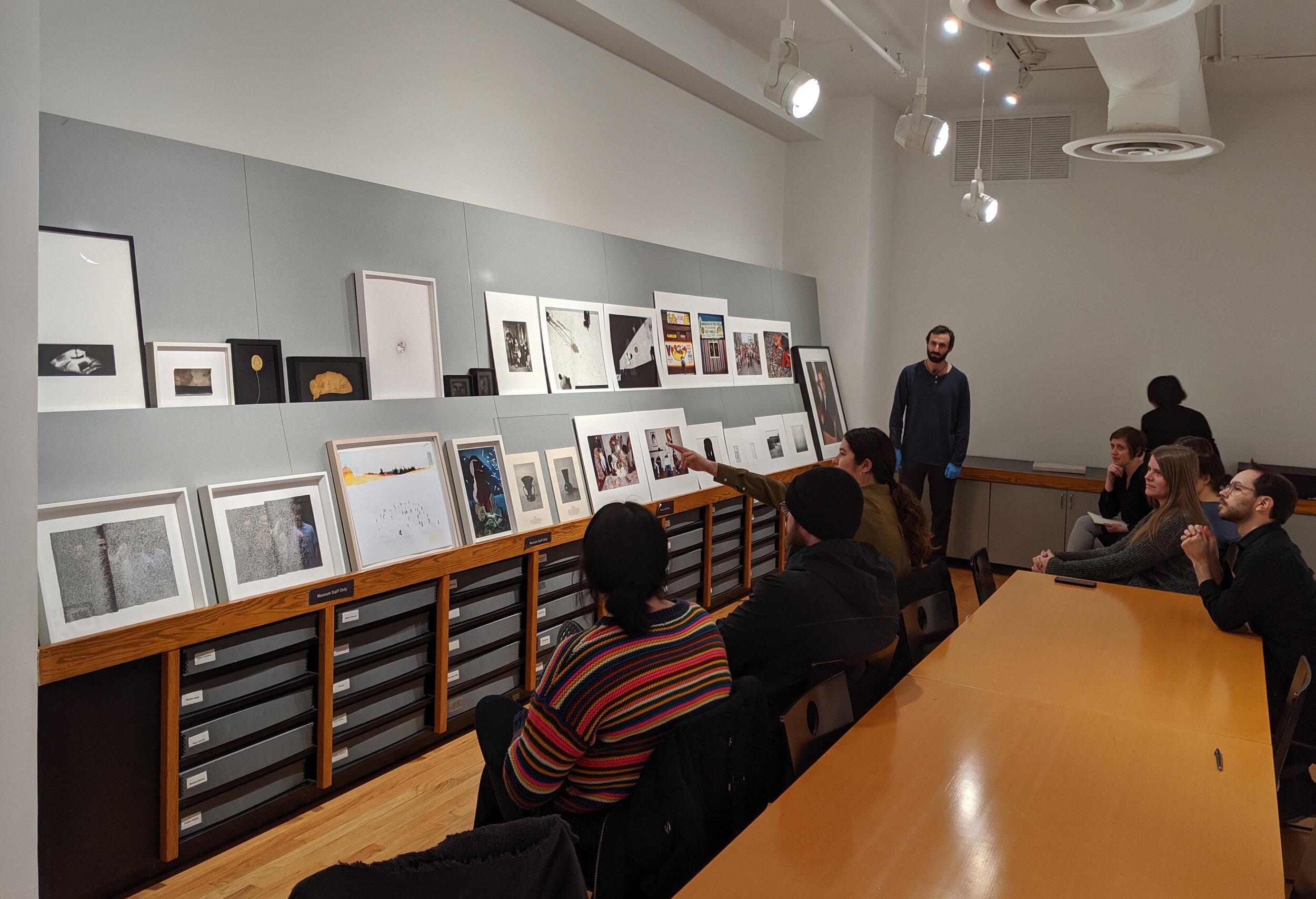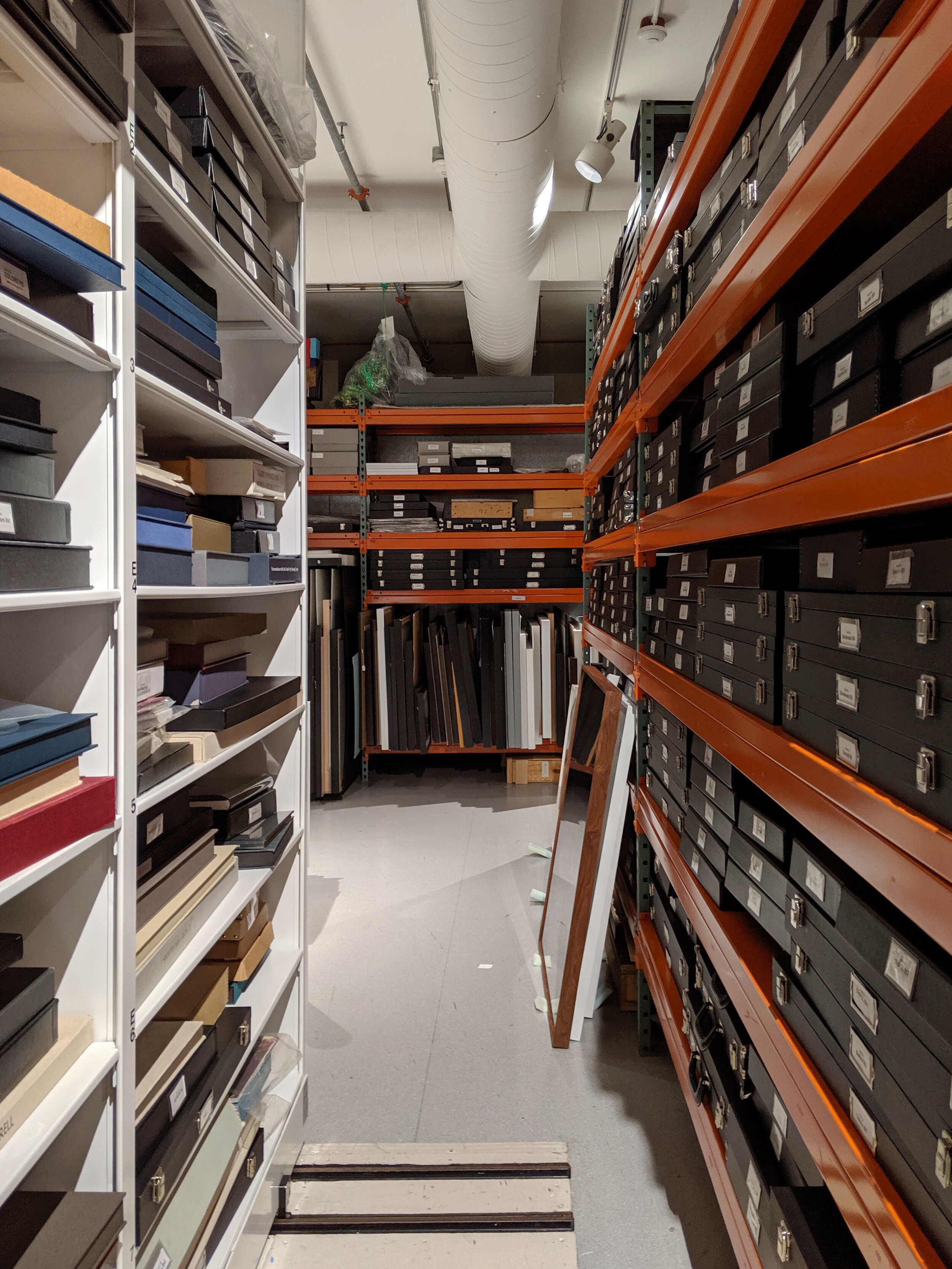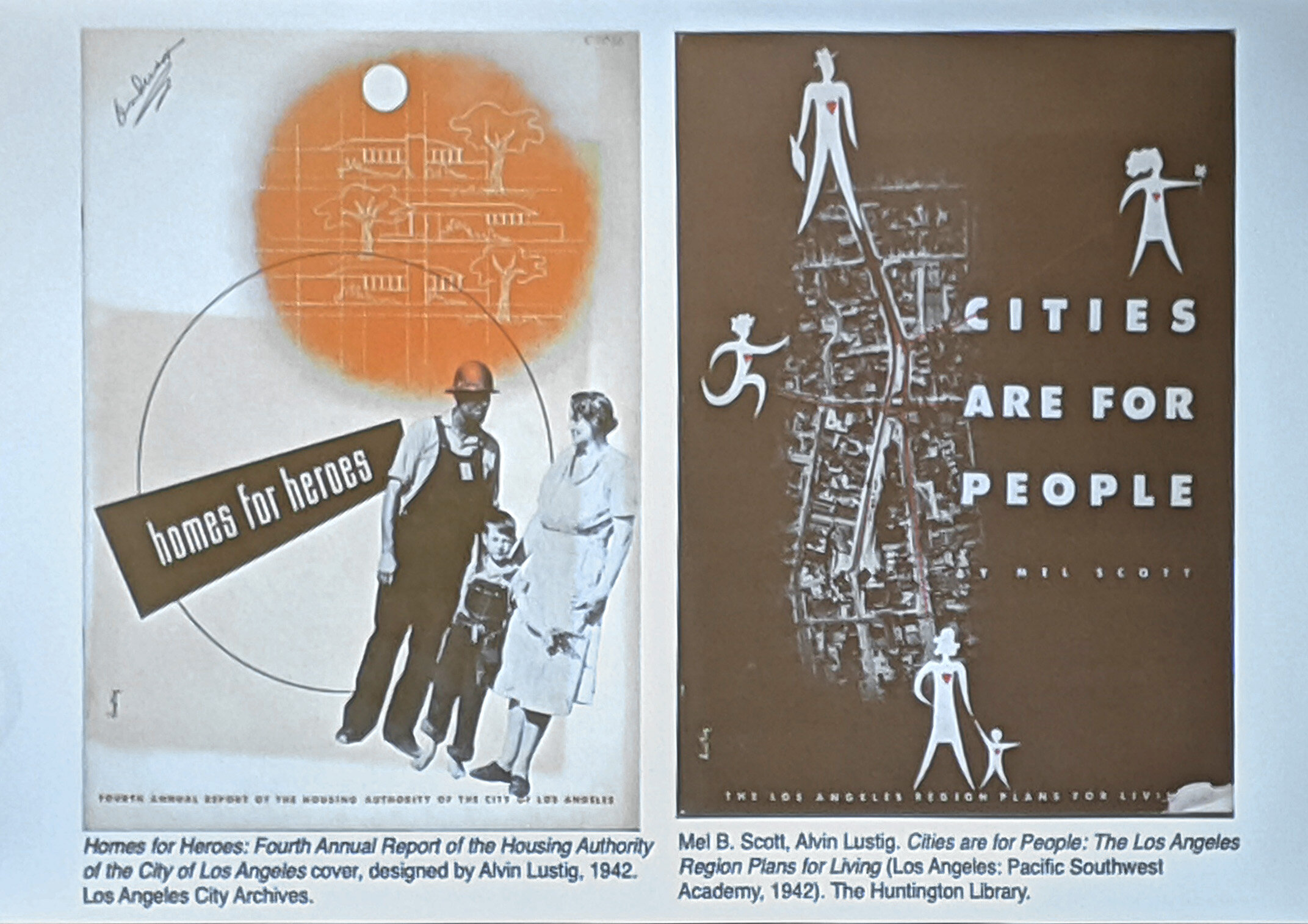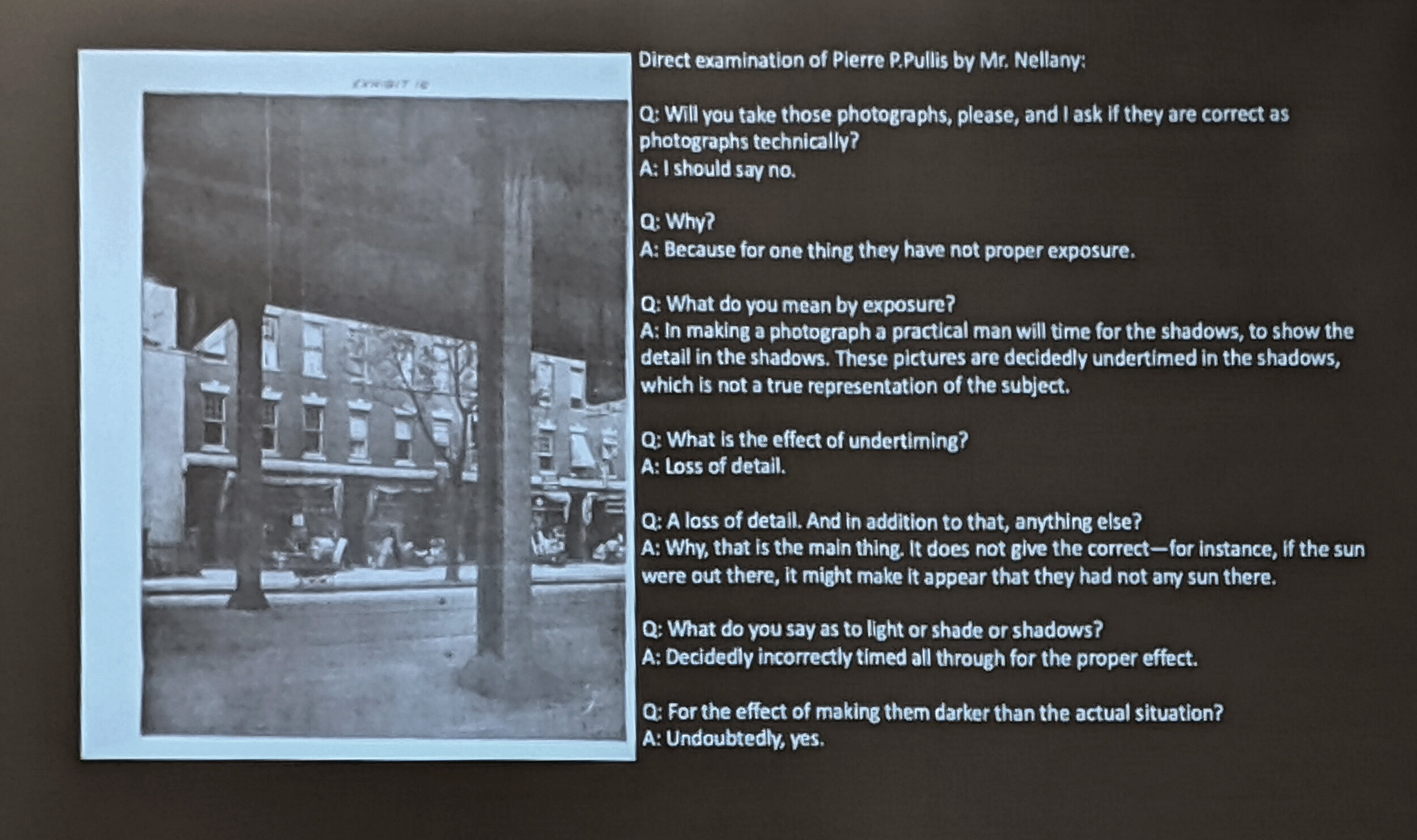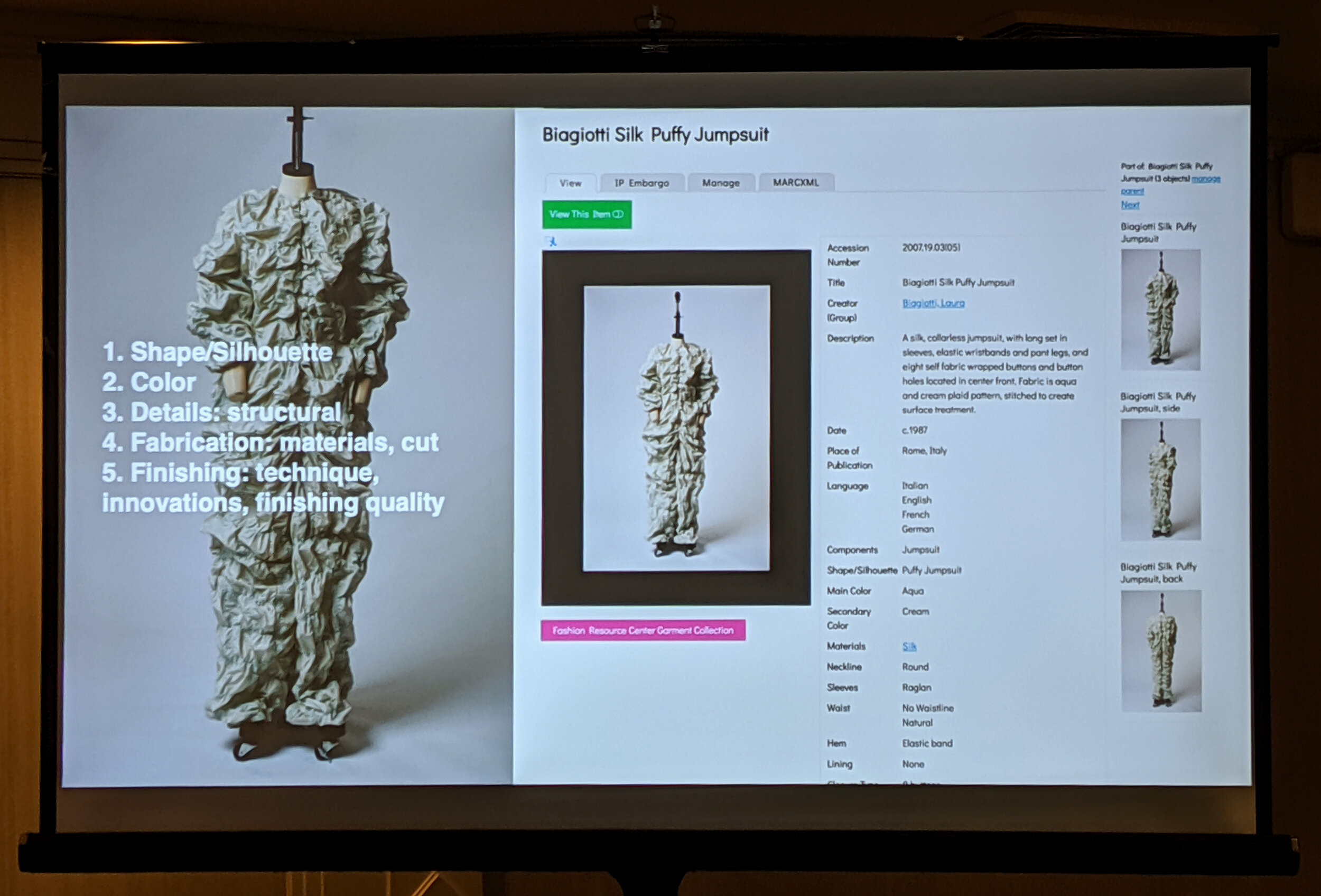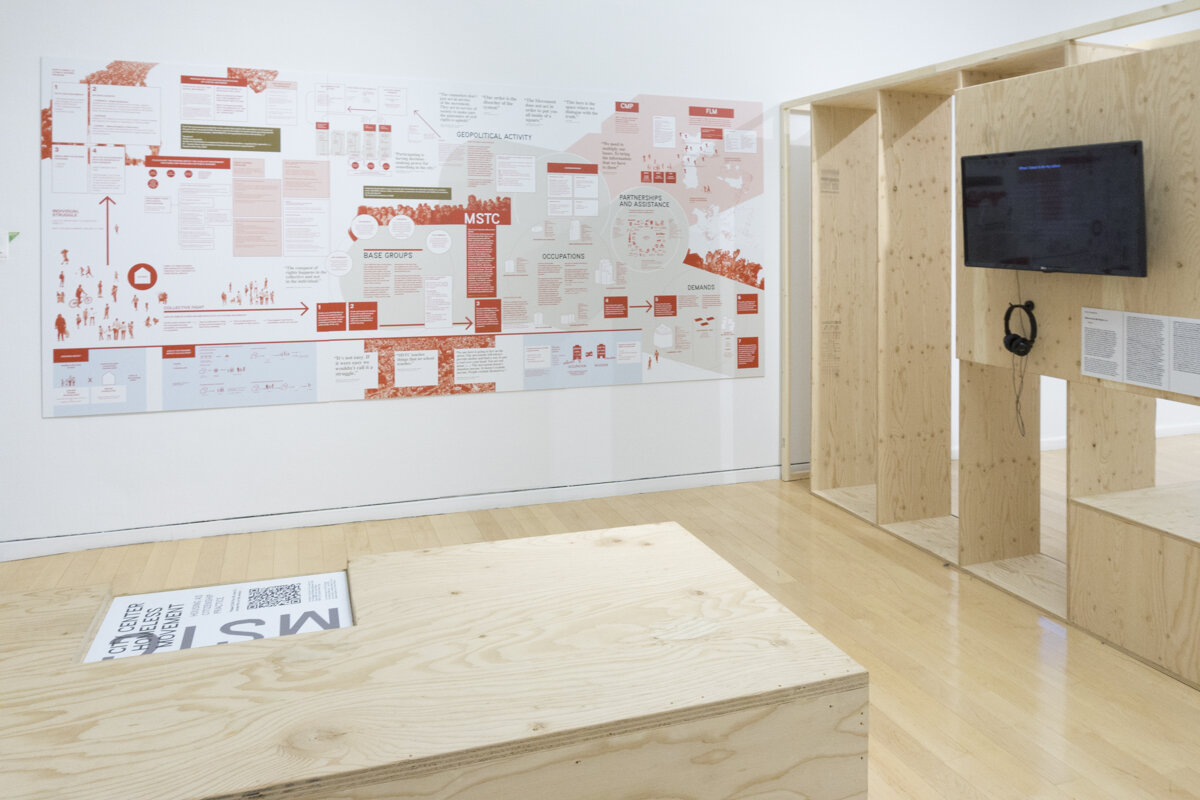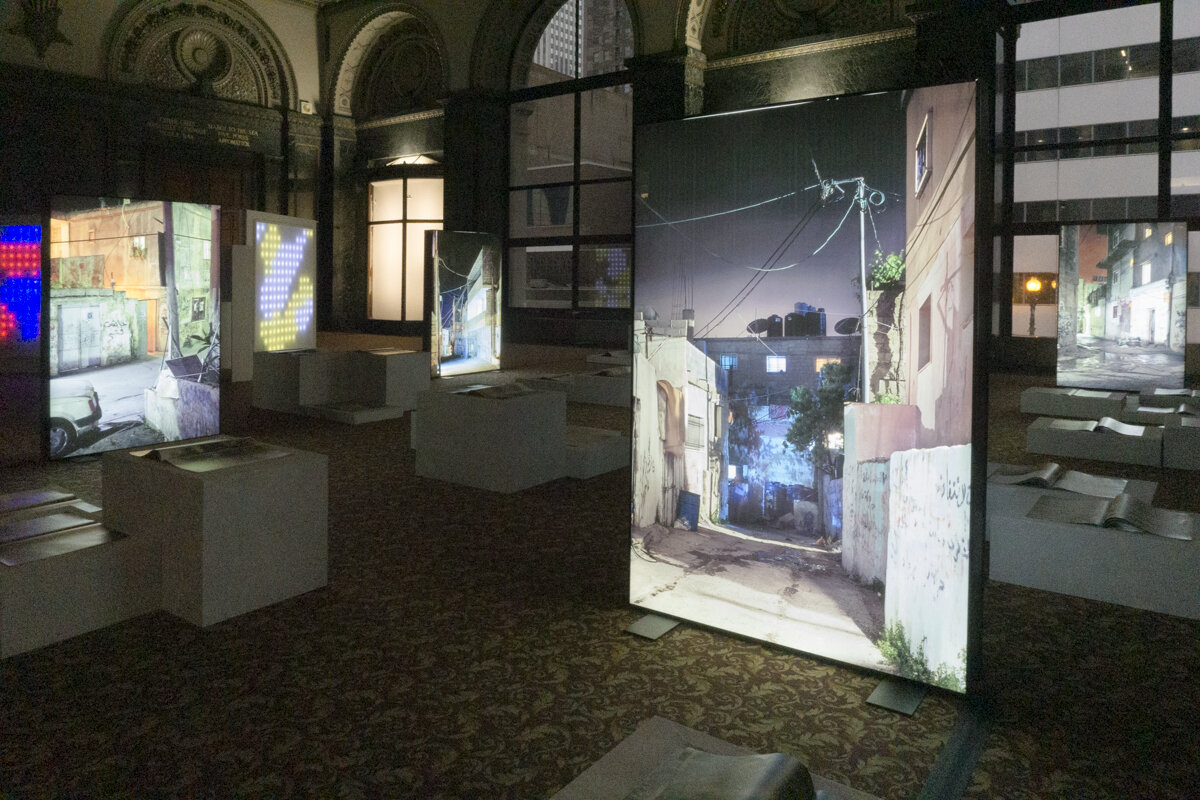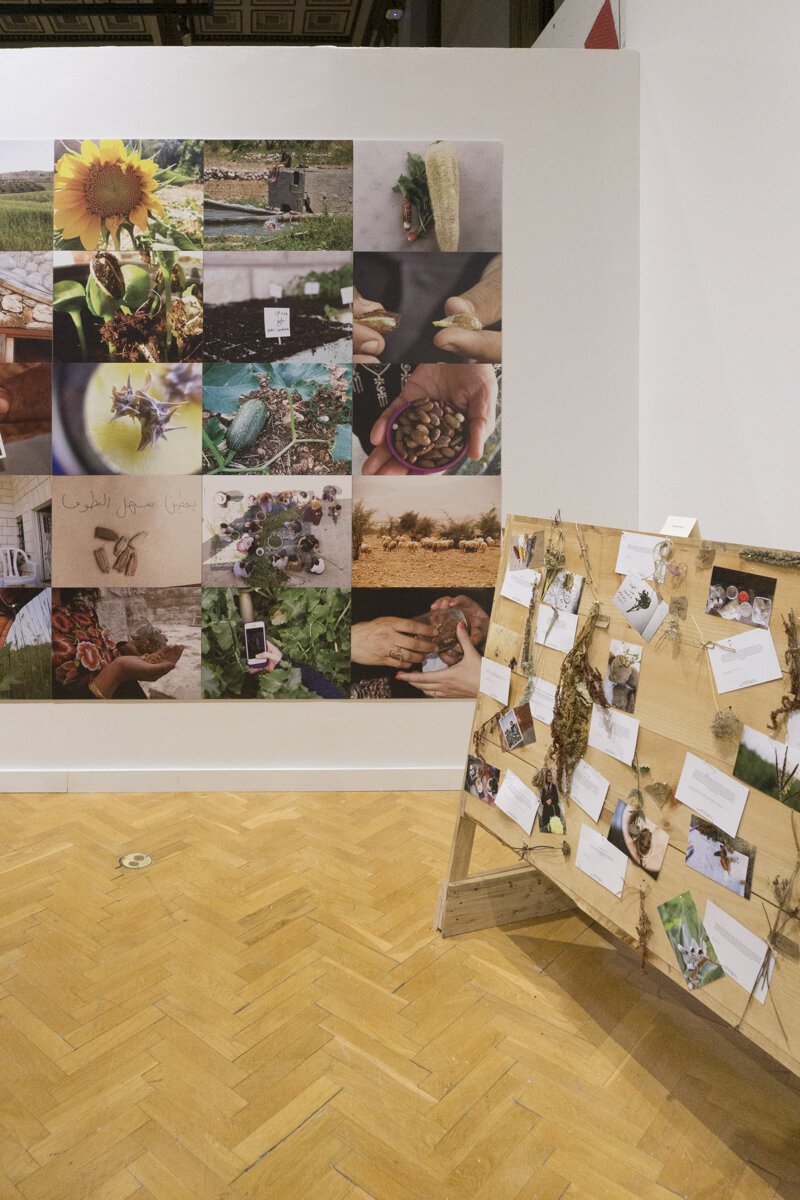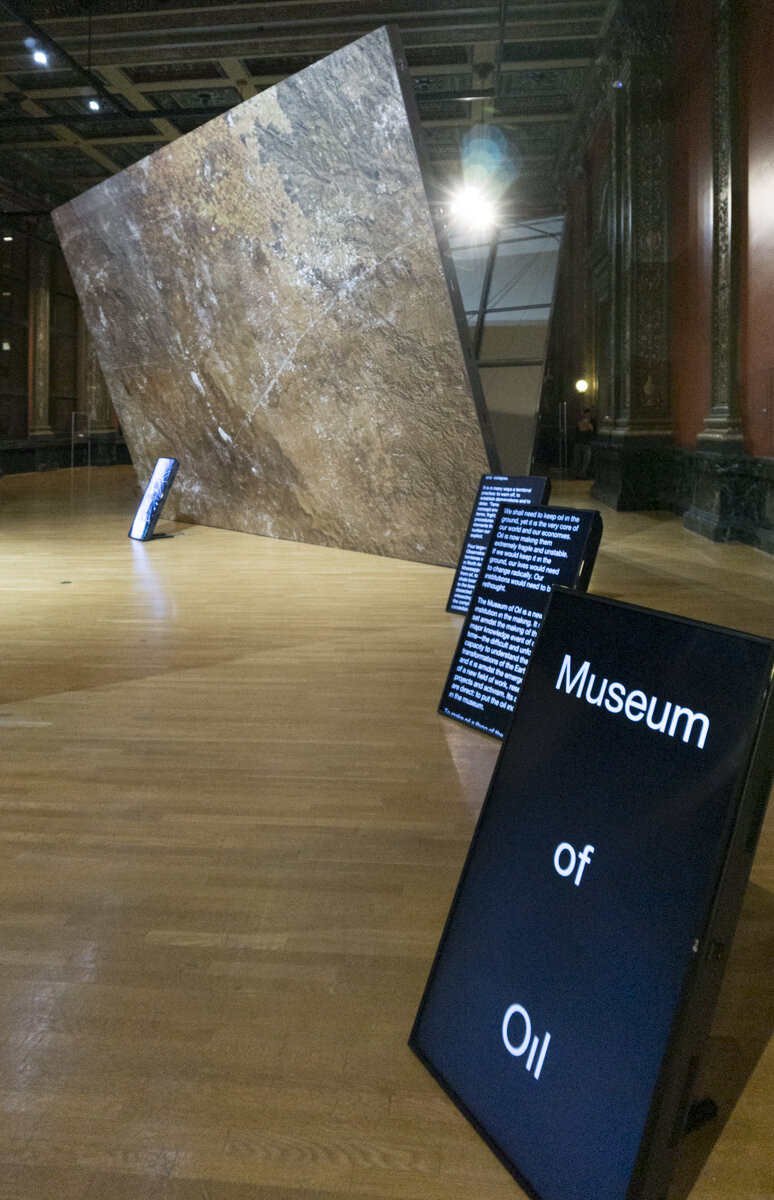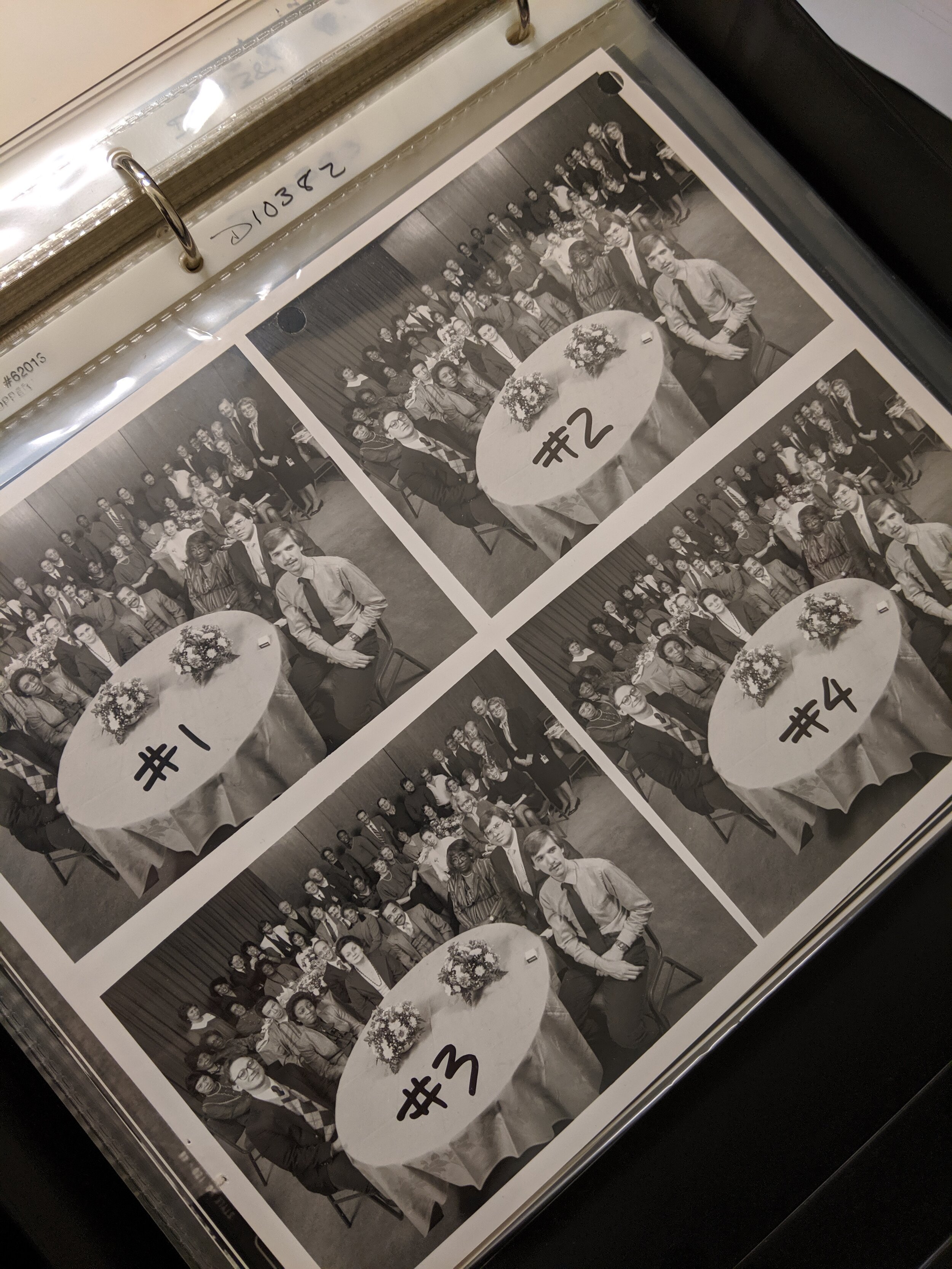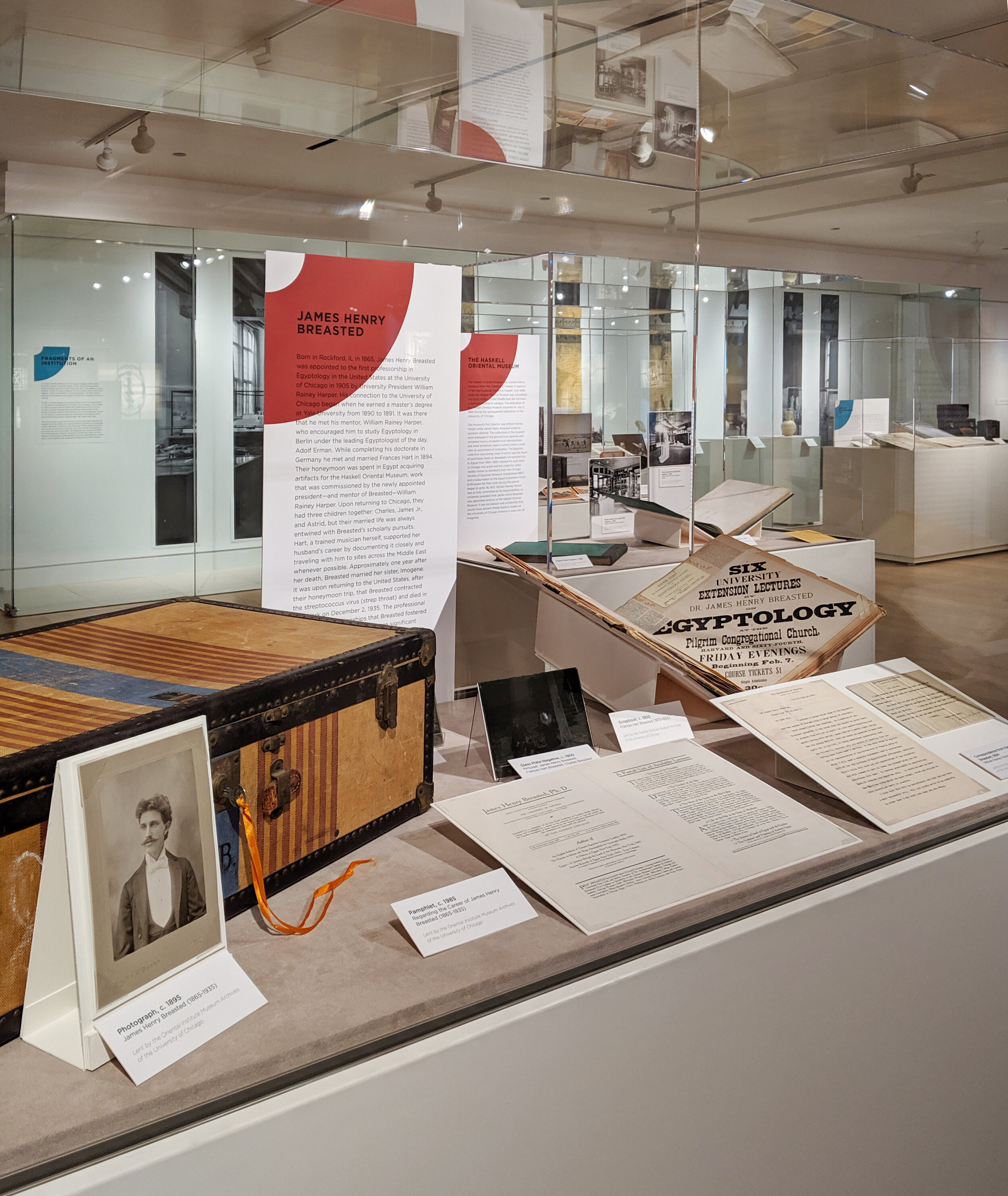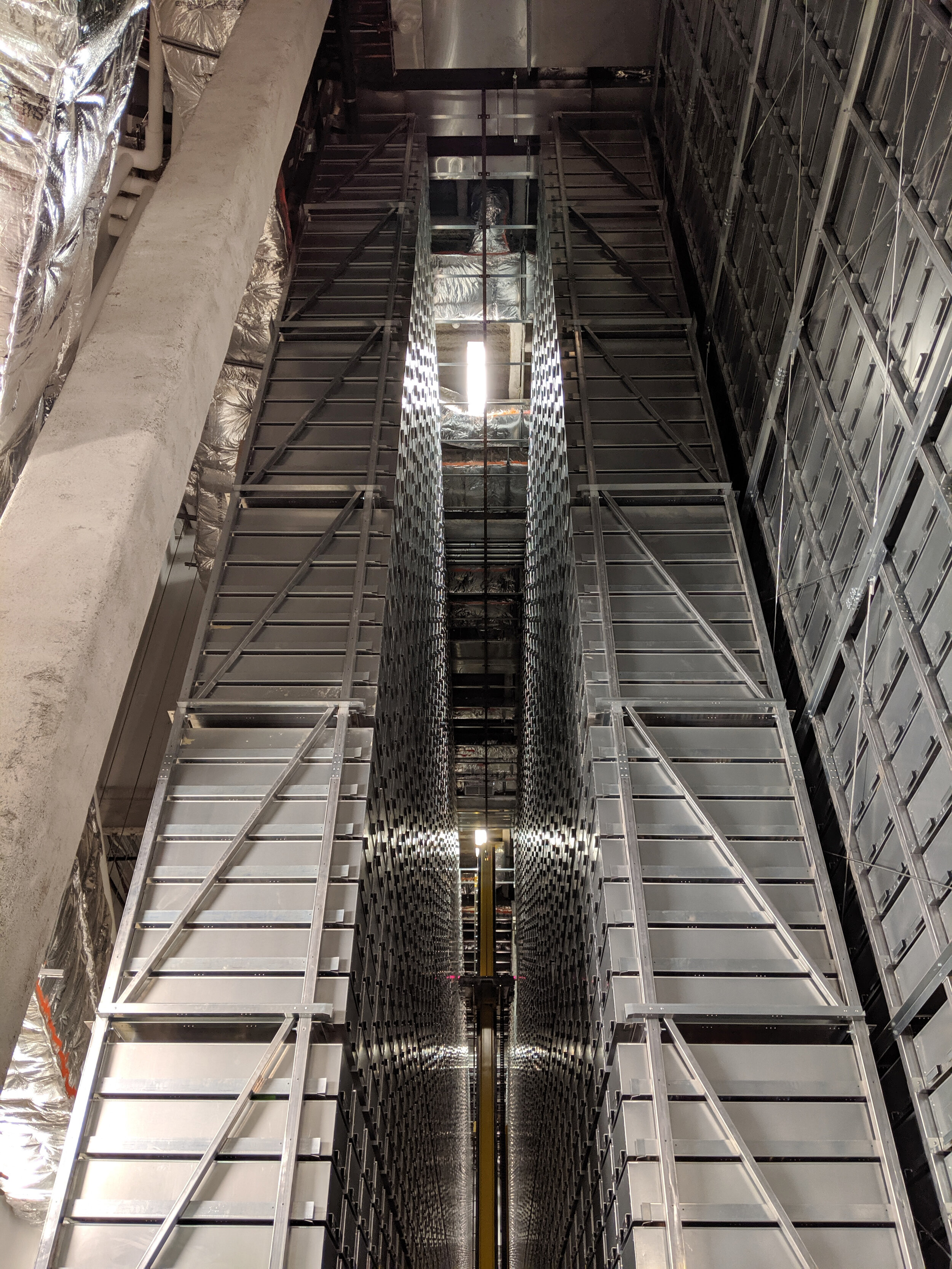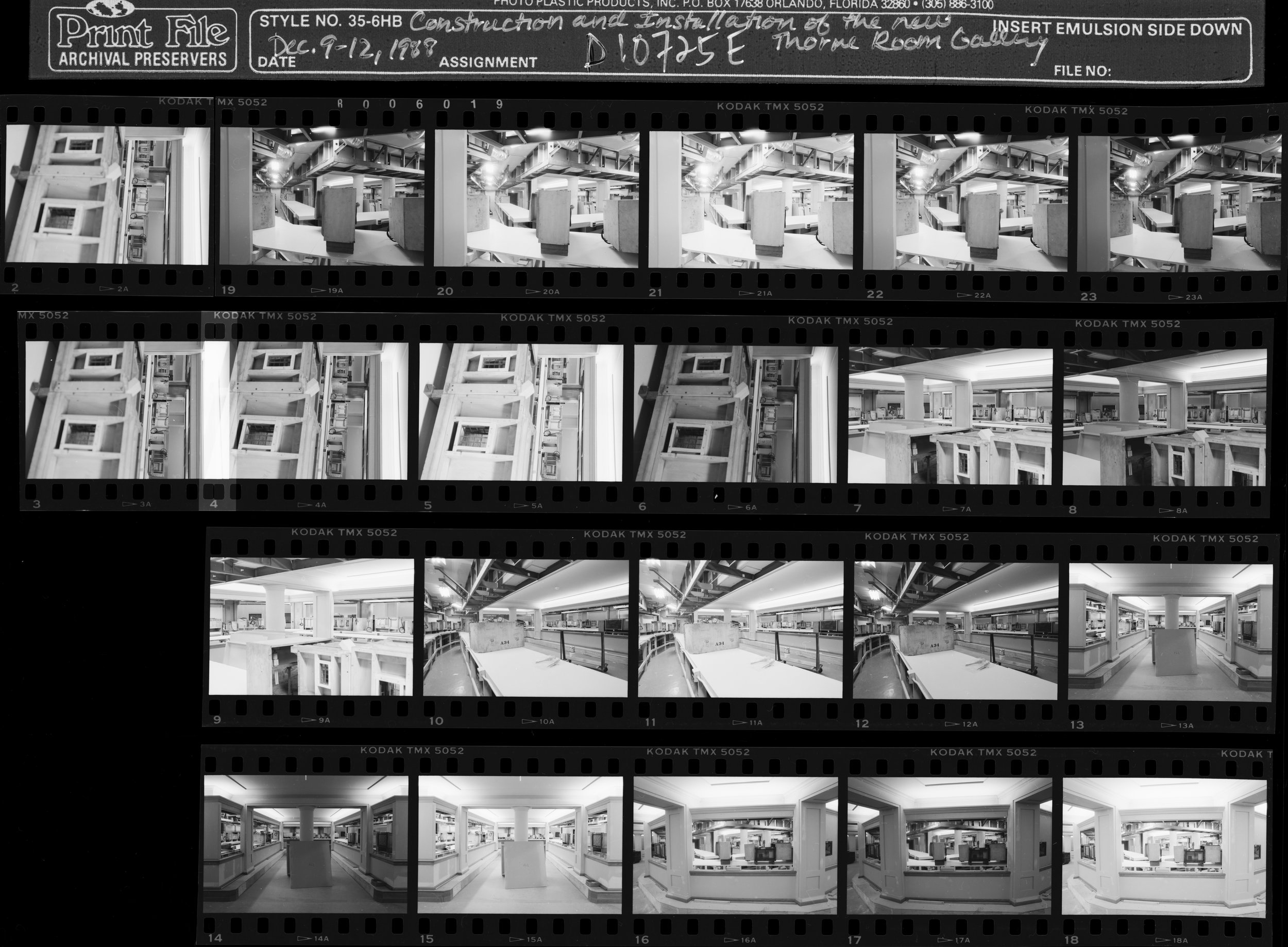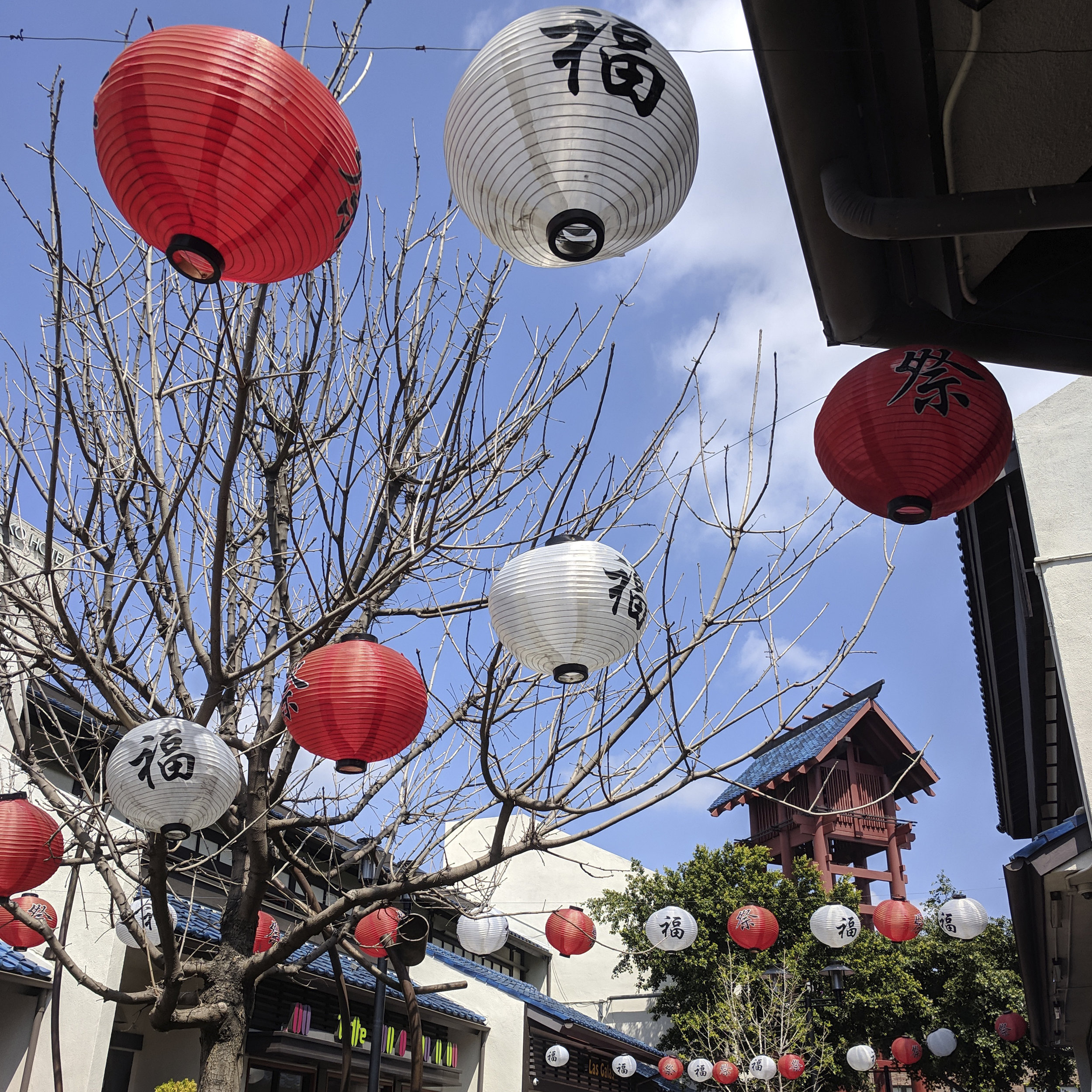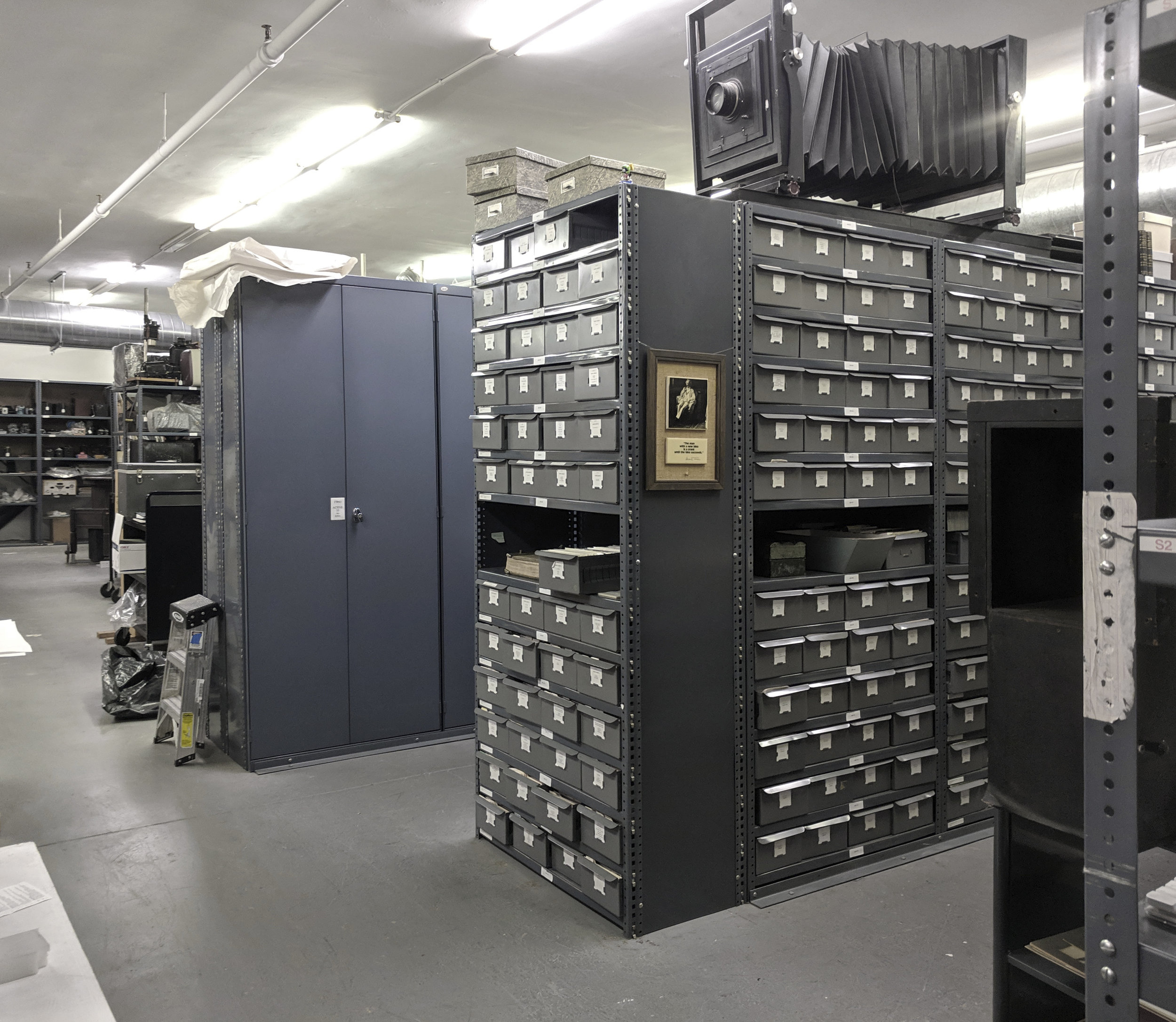The museum where I work has engaged with the artEquity team, and this group has provided diversity, equity, and inclusion recommendations based on their survey and analysis of the institution. As a part of this, their facilitators have been leading 2-day training sessions for interested staff. There have been several rounds of these sessions, given the necessary cap in attendees per session, and given the interest in these values at the museum. I was fortunate to attend one of these sessions this summer.
A group of us gathered for both of the full-day sessions, and we were seated at tables with a group of staff from a variety of other departments. As a result, I had the chance to meet folks I had never met, or had only communicated with via email. This aspect of the sessions provided helpful perspective on just how many people work for the institution, and how many unique experiences there are in working at a large, historic museum like this one. While we all had common ground in working for the same employer, talking about inclusion demands a threshold of trust. The facilitators helped guide us through this process, albeit in an abbreviated time, so that we could (hopefully) have honest conversations at our tables and in the larger group. They established ground rules for us, so we could operate in a safe space - as much as this is possible in an institutional context where there are serious issues that we need to remedy.
The sessions were necessarily intense, as we were asked to dive deep into our identity then reflect on how that impacts day-to-day work and interactions. The entire first day helped unveil the aspects of our identity we often overlook or ignore, especially if we are a part of the dominant culture. We therefore discussed things like our gender pronouns and racial identity, and crucially, why we identify this way. The facilitators talked about social location identification within this, which include factors like: religion, race, ethnicity, sexual orientation, class, gender, disability, age, citizenship, and immigration status. We were asked to consider one of these identities as a table, and then to consider how we individually identify. At the same time, we had to reckon with what identity within each of these social locations aligns with the dominant culture and therefore benefits from the status quo as it relates to access, resources, and structural power.
Within the institutional context, we evaluated as a group the ways in which power manifests - from positional authority to power (to give or deny support) to influence (more informally). This turns on its head the idea many of us want to embrace - that issues like racism and sexism have to be addressed from the top down. Instead, we all need to recognize when and why we may actually wield more power than we might believe, and when we can leverage that to dismantle the current inequitable systems. It also forces us to face the reality that power often aligns and manifests - often unjustifiably so - along the dominant culture. While those of us in the room may not have created the dominant culture and existing paradigm, it has a negative impact on so many folks - those employed by the museum, those visiting the museum, and everyone in our community - and this is why we need to address all of it. Until we are all treated as humans - at the very least - and ideally as equals, then these discussions and this work must continue.
Merging ideas about social location, identity, and power structures, the facilitators introduced us to various approaches individuals and organizations may take to difference. These include: exclusionary, colobrlind, multicultural, cultural competency, diversity, and social justice approaches. They noted that an organization may approach different identities in a different way, so our museum may embrace a diversity approach to gender, but a colorblind approach to race, for example. These approaches parallel the organizational stages of diversity and inclusion, which include the: exclusionary, “club,” compliance/token, affirmative action, re-defining/self-renewing, and inclusive organization. During one particularly powerful exercise, the facilitators placed large signs throughout the space with these approaches. We were then invited to move around the room to place ourselves where we felt our institution fell for various scenarios they presented. It was humbling to see where my colleagues placed themselves, and it spoke volumes about individuals’ lived experiences in the institution.
Given what a strong and deadly grip white supremacy culture has on our society, and indeed has on our museum, we spent some time reviewing qualities of it. The facilitators led us through the list of characteristics of white supremacy written by Tema Okun and Kenneth Jones, which include qualities like: perfectionism, defensiveness, quantity over quality, worship of the written word, only one right way, paternalism, either/or thinking, power hoarding, fear of open conflict, individualism, “I’m the only one,” progress is bigger and more, objectivity, and right to comfort. At our tables, we talked about the ways in which these characteristics show up in our daily work, and how we have internalized these behaviors. Fortunately, writings on these topics also include ways of interrupting it, which can provide an antidotes to harm.
Communication plays a key role in equity and inclusion, so the facilitators provided us with resources on anti-bias language. These glossaries gave definitions for concepts like racism and colorism, colonialism and settler colonialism, and for ways people are identified like people of color, people with disabilities, and transgender. Importantly, the facilitators stressed that we always respect the ways in which others wish to be identified. Listening is important, especially to learn from others who they are and how they identify. It can be helpful to have a common vocabulary for discussions, and we also need to allow room for ongoing inquiry, shifting preferences over time, and complicated discourse.
Microagressions, conflict, and white fragility came up as related topics as we discussed communication. Though there has been pushback among some in our society against the idea of microagressions, it is crucial to recognize the harm they do in sending hostile, derogatory, and “othering” messages. The deeper message behind these comments betray themes like the myth of meritocracy or the assumption of criminal status. The facilitators stressed that conflict is a reality in this or any other type of work - it is a normal part of life, and that it is neither good nor bad. It can escalate, but if we are conscious of the situations, it is possible to both diffuse and address the source of conflict. White fragility factors into all of this, as it is defined by Dr. Robin DiAngelo, because it is “a state in which even a minimum amount of racial stress becomes intolerable, triggering a range of defensive moves.” White folks may therefore break down and act reactively if confronted with feedback on words or actions, or when people of color choose not to protect the feelings of white folks or share their stories with white folks. White fragility can lead to conflict and has the potential to derail important conversations. It is something that white folks like myself must identify, address, and work to dissolve both in ourselves and in those around us.
When it came to putting all this into practice, the facilitators provided some foundational tenets to the work:
Awareness - naming it
Analysis - making meaning out of it
Action - putting it into practice
Accountability - to prevent cycles
Grace - to build, not exclude, community
While not prescriptive, these principles help provide a framework for equity and inclusion work, or rather, for the work to dismantle the status quo. Through phrases as simple as “might I suggest another word you can use?” to actionable steps like developing a salary survey that addresses identities like race and gender, our work must be multi-faceted, transparent, democratic, and self-aware. We gathered both burning and big questions as a group to figure out next steps, both small and big. Hopefully, in having had some of these conversations together, we can hold each other accountable moving forward. And hopefully too, we can gather a critical mass to make meaningful change and hold the leadership to the goal of true equity. Only then will all staff, visitors, and everyone in our community experience life as they have a right to.








